Autism and Holiday Schedules
by Judy Endow
As an autistic getting through the holiday time can be quite tricky. As an autistic parent with children who had different needs it was even trickier. Routine and structure can go a long way! They anchor the days that can otherwise be perceived by an autism neurology as totally chaotic, which in turn, often leads to being overwhelmed and experiencing meltdowns.
1. Start by creating a visual schedule. You can simply use paper and pencil or use an iPad or computer to make your visual schedule. Words can be visuals for readers. I will use words here, but the words can also become pictures for nonreaders by simply taking a picture of the activity.
Directions to make the visual schedule I like to use:
Materials: two different colors of construction paper, sticky magnetic strips, scissors, marker, refrigerator or any surface to build a magnetic schedule such as a cookie sheet.
First, put a sticky magnetic strip on the backs of two different colored pieces of construction paper.

Then, cut the paper into strips, by cutting where you see the dotted lines in the diagram below.

Next, write the stable routine things that happen every day onto the fronts of one color of strips. Using the other color of strips write in the novel activities of the day.
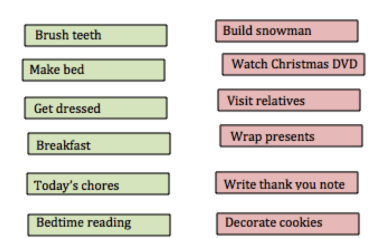
2. Place the visual schedule strips onto a magnetic surface (such as a refrigerator or a cookie sheet). Line up the days activities in the order they will happen. Start by anchoring the day with the stable routines that happen everyday such as getting dressed, brushing teeth, mealtimes, bedtime routine and whatever else you do every day. Leave space for the chunks of time between the stable routines for the changing or novel activities. Lining up the schedule this way allows everyone to see the stabile routine – in this case the green strips – that reoccur each day. It also gives structure to allow for incorporating the novel activities that occur during the holiday season.
3. Use this visual schedule by putting in the routine things you know will happen along with the novel activities you are planning on doing and leaving spaces for chunks of time during the day you do not know what activities may occur. For example, sometimes you will not know in the morning what activities will happen between lunch and dinner, but you have made a visual space – a placeholder – where the activity can be inserted when the time comes. Other times you may have put an activity on the schedule such as building a snowman, but when the time comes it cannot happen because a relative stopped by to visit. When this happens you can show how building the snowman can be moved to another spot or maybe another day and visiting relatives will happen just now.
4. Typically, the schedule can be built in the morning, but some children benefit from building the schedule for the next day at bedtime so they know what is coming in the morning. Use this visual schedule in the way it benefits your child most. Think it through before you begin as many children will not want to change the way the visual works once they have started using it.
With a visual routine and structure in place novel activities are more likely to be accepted with meltdowns minimized. A happier holiday is likely to be had by all in the family!
REFERENCE
Endow, J. (2011). Practical Strategies for Stabilizing Students With Classic Autism to Be Ready to Learn: Getting to Go. Shawnee Mission, KS: AAPC Publishing.

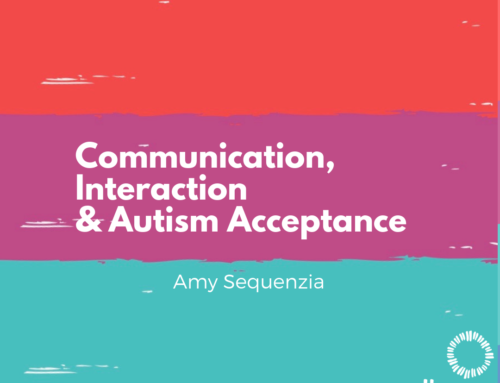
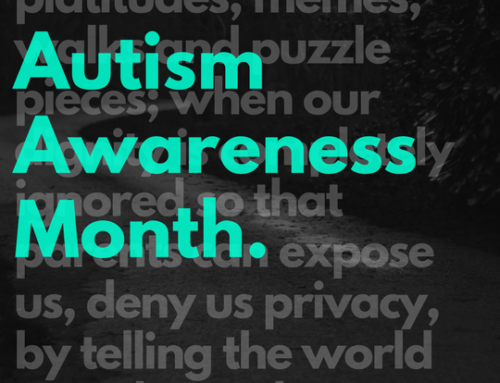

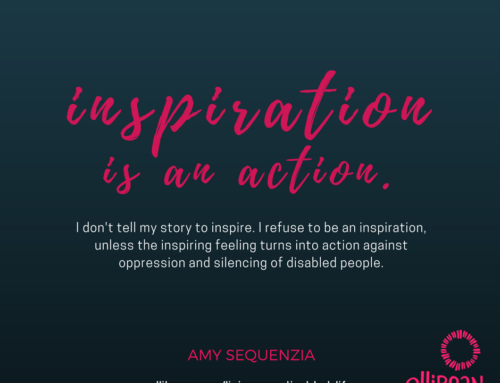
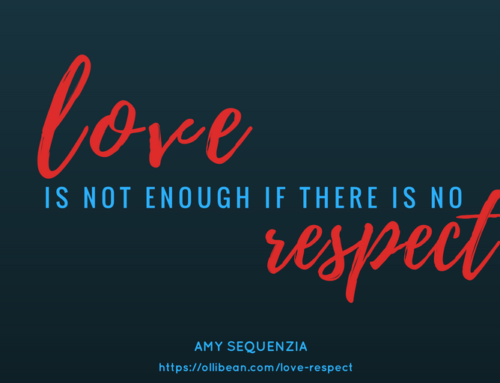
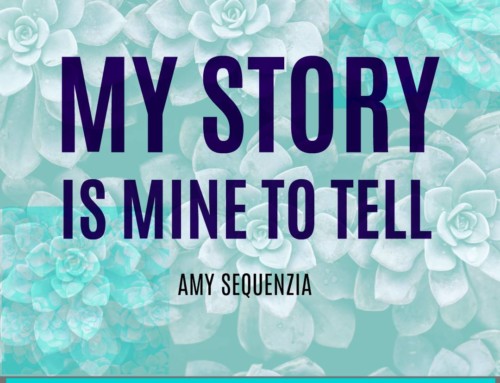
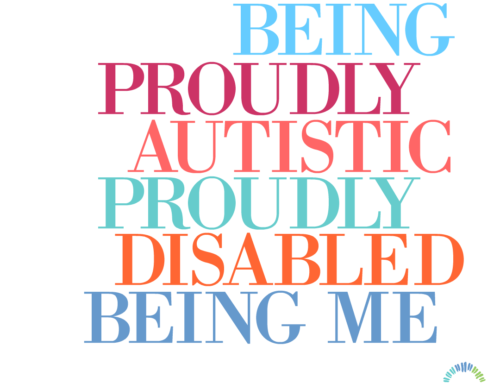
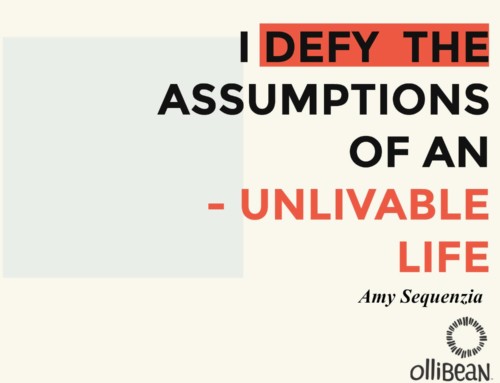



Very much appreciate the ‘mellow’ background coloring. :)